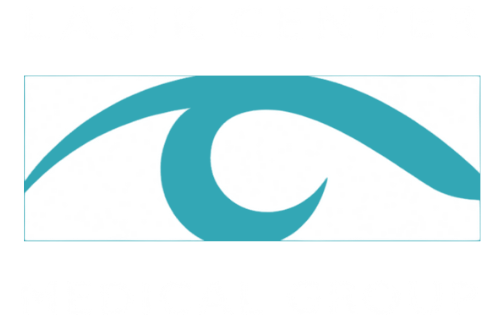Corneal Refractive Surgery Guide
Whether its myopia, hyperopia, presbyopia, or astigmatism, refractive eye issues affect nearly half of all Americans, necessitating the use of contacts and eyeglasses to improve their standard of living.
Many more Americans ignore the problem altogether, wandering the world below crystal-clear 20/20 vision because of aesthetics or impracticality.
The good news is that corneal refractive surgery can make these problems a thing of the past. With a short procedure and recovery time, you can get perfect eyesight and say goodbye to squinting, glasses, and contacts forever.

Types of Corneal Refractive Surgery
Although Lasik is the most popular corneal refractive surgery with over 600,000 procedures performed annually, it certainly isn’t the only type. Here are some of the more common corneal refractive surgeries:
Lasik
Also known as laser in-situ keratomileusis, Lasik uses an excimer laser to reshape the cornea. During the procedure, the doctor removes a thin flap of tissue over the cornea to allow the laser to penetrate. After the laser does its work, the flap is reattached without stitches.
CustomVue Lasik
This is a type of Lasik that uses wavefront-guided technology to assess the shape of the cornea and how light becomes distorted when it passes through the eye.
This enables the surgeon to customize the Lasik surgery based on the findings, resulting in sharper vision and fewer post-surgery complications.
Photorefractive Keratectomy
This type of corneal refractive eye surgery, also referred to as PRK, is similar to Lasik in that it uses an excimer laser to alter the shape of the cornea. T
he only difference is that the flap that’s replaced in Lasik is discarded during PRK, allowing the eye to heal by producing new epithelial cells.
Although this leads to longer recovery times, it’s an ideal surgery for patients with a thin corneal wall.
Corneal Refractive Surgery Risks
As with any surgery, corneal refractive operations come with risks, although they’re minute compared to other procedures. Some complications arising from these types of operations include:
- Sensitivity to light.
- Inability to wear contact lenses.
- Scarring.
- Corneal haze.
- Infection.
- Eye pain for up to several weeks.
- Halos around lights for several months.
- Dry eyes.
In most cases, side effects are rare, with less than 1 percent of patients reporting problems after the surgery. Dr. Alexandra Chebil has performed over 50,000 surgeries at her Orange County Lasik Center, a private practice dedicated to personalized care. Patients have experienced better than 20/20 vision and are extremely satisfied with their results. View our selfie wall of real Orange County Lasik patients.
Cost Considerations of Corneal Refractive Surgery
According to 2017 statistics, Lasik and PRK surgery can range from about $2,000 to $3,000. While that may seem like a huge upfront cost, it’s not as bad as it seems.
The price for an annual eye exam and contacts can cost $300 to $400 a year, allowing you to offset the cost in as little as eight years.
In addition, financing plans and insurance can make corneal refractive surgery easier to handle if you’re on a tight budget. That said, you can’t put a price on the freedom and improved standard of living you’ll get following the surgery. Our Lasik Center in Newport Beach offers financing as low as $49 per month.
When you’re finally ready to get rid of the glasses and contacts for good, corneal refractive surgery is a viable option with a high success rate.
However, don’t just look at the first doctor you see on Google for the procedure. Instead, choose an experienced ophthalmologist like Dr. Alexandra Chebil, with over 50,000 surgeries performed, a proven record, stellar customer satisfaction, and a complimentary consultation.
With this three-pronged measure of experience and insight, you can guarantee a successful surgery that will leave you with the vision you’ve always wanted.
